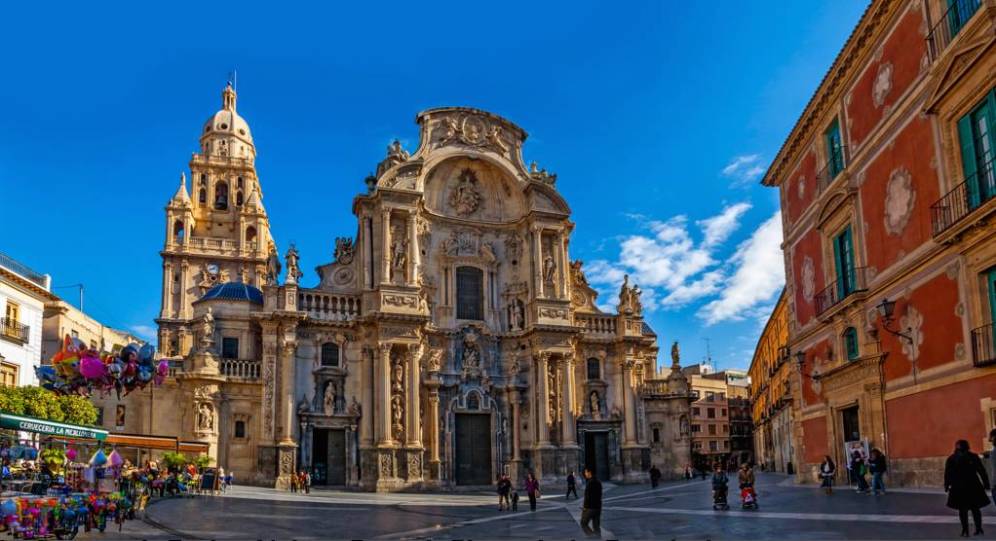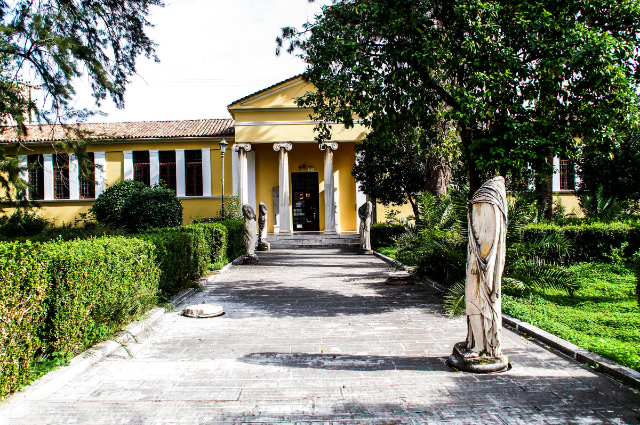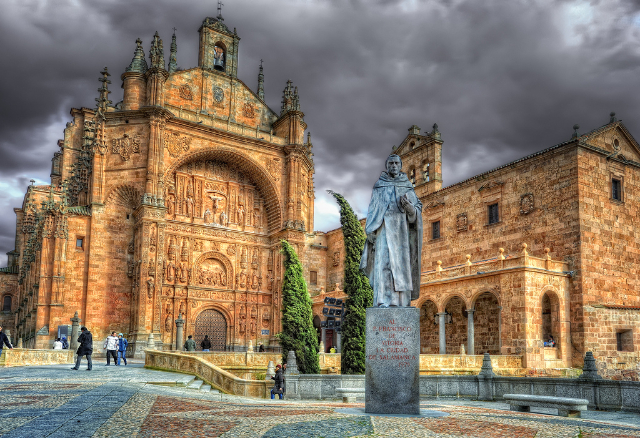<p><span style="font-size: 14pt;">Don’t miss <strong>St. Andrew’s Cathedral</strong> from 1158, which was once the largest building in Scotland.</span></p>
<p><span style="font-size: 14pt;">On the site of St Andrews Cathedral originally stood <strong>St Rule’s Church</strong>, belonging to a community of Augustinian canons who lived in the adjacent building. Today only the tower remains, which, at 30 meters high, offers the best panoramic view of St Andrews. Thanks to the remains of the floor plan, perfectly visible on the ground from above, it is easy to understand why St. Andrew’s Cathedral is the largest church ever built in Scotland, with a length of 119 linear meters.</span></p>
<p> </p>
<p><span style="font-size: 14pt;">Its construction took nearly 150 years and was consecrated in 1318 by <strong>Robert the Bruce</strong>. An unfortunate building, it suffered fire and storm damage, but the Religious Reformation of 1559 was the most damaging event of all. Following an anti-papal sermon by John Knox, his congregation went into the Cathedral and destroyed symbols of Roman Catholicism. Further attacks led to the closure of the Cathedral and the expulsion of the friars. </span></p>
<p> </p>
<p><span style="font-size: 14pt;">Unfortunately, the Cathedral began to fall into disrepair and most of the building material was used to build other parts of St Andrews. There is not much left, so the highlight of the visit will probably be the view of the Church and the village from the top of St. Rule’s tower! </span></p>
<p> </p>
<p><span style="font-size: 14pt;">St. Rule’s tower is in fact in the cathedral grounds, but predates it, having been the priory church until the early 12th century. Originally, the tower and adjacent choir were part of the church built in the 11th century to house the relics of St. Andrew. The nave, with twin western turrets, and apse of the church no longer exist.</span></p>
<p> </p>
<p><span style="font-size: 14pt;">The original appearance of the church is illustrated in stylized form on some of the earliest seals of the cathedral priory. Legend credits St. Regulus (also known as St. Regulus) with bringing the relics of St. Andrew to this area from their original location in Patras, Greece. Today, as mentioned above, the tower offers a splendid view of the city, the harbor, the sea, and the surrounding countryside.</span></p>
<p> </p>
<p><span style="font-size: 14pt;">Built of gray sandstone ashlars, it is 33 m. high and is a landmark for travelers arriving in the area from both land and sea. Its height was no doubt intended to guide pilgrims to the site of the Apostle’s relics even in the past. In the Middle Ages a spire on top of the tower made it even more prominent. The tower was originally ascended by wooden ladders, but a stone spiral staircase was inserted in the 18th century.</span></p>
<p> </p>
<p><span style="font-size: 14pt;">South of the main cathedral,however, visitors can still stroll through part of the cloister or examine the tombs unearthed under the floor of the chapter house. From here one then enters the superb St Andrews Cathedral Museum, which features an outstanding collection of carved stonework ranging from the time of the Picts to after the Reformation. ( The Picts-of uncertain origin, perhaps pre-Celtic-were a confederation of tribes settled, even before the Roman conquest, in what later became eastern and northern Scotland, until the 10th century.)</span></p>
<p> </p>
<p><span style="font-size: 14pt;">There is a certain fascination in wandering through the cemetery that flanks the cathedral ruins even though the finest and oldest tombstones are now protected from the elements in the museum. Of particular interest, given St Andrews’ ties to golf, is surely the grave of the famous young golfer Tom Morris.</span></p>













